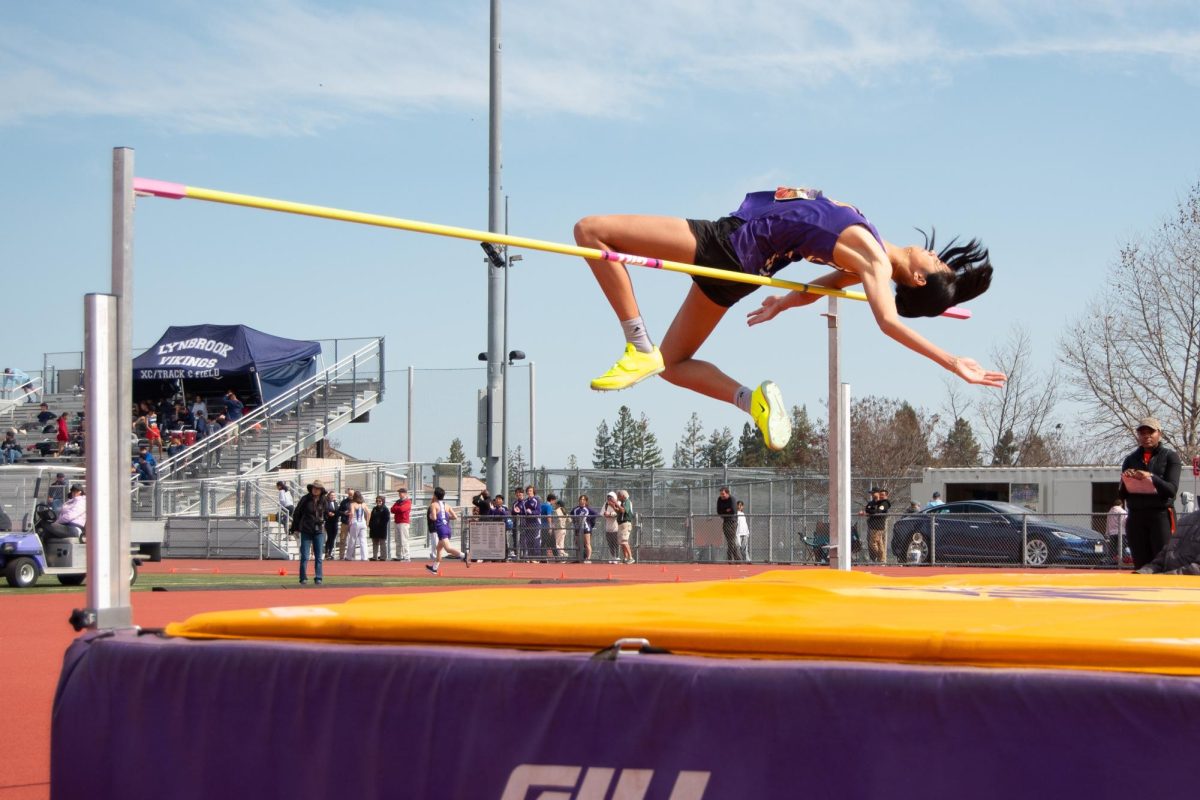Religion. Speech. Press. Assembly. Petition. The First Amendment of the Constitution establishes these five fundamental freedoms which have become essential liberties in the United States of America. So in honor of Scholastic Journalism Week, we are participating in the 1 For All First Amendment Challenge to show you — the Monta Vista community — the importance and relevance of the crucial amendment at MVHS. Each day of this week, we will be publishing a short video highlighting one of the freedoms so by Friday night, we will have covered the entirety of the First Amendment.
Today we continue the challenge with the third freedom of the amendment: press.
Key Precedent-setting Court Cases for High School Journalism
Tinker v. Des Moines Independent Community School District
When Mary Beth Tinker, her brother John, and friend Chris Eckhardt wore black armbands to their school in Des Moines, Iowa they were suspended. The black armbands represented a solitary movement in protest of the Vietnam war. With the help of the American Civil Liberties Union, the students took the school district to court for violating their First Amendment rights.
The case was decided by the Supreme Court in 1969, which reversed the lower court decisions. The Court held that the students’ speech was protected; students do not “shed their constitutional rights to freedom of speech or expression at the schoolhouse gate,” and school officials may not punish or prohibit student speech unless they can clearly demonstrate that it will result in a material and substantial disruption of normal school activities or invade the rights of others.
Mahaffey v. Aldrich
In 2001, Joshua Mahaffey was suspended from school when he created a website called “Satan’s web page.” The website included lists of “movies that rock,” “music I hate,” “music that’s cool,” “people that are cool” and “people I wish would die.” The bottom of the website featured a mission from Satan to violently kill someone for him, followed by a disclaimer asking people not to do so.
According to the Student Press Law Center, the United States District Court for the Eastern District of Michigan Southern Division decided there was no evidence that any activity occurred on school property, that the website substantially interfered with school work or that other students’ right were infringed upon. Additionally, they found that a reasonable person wouldn’t interpret the statements on the website as serious expression or an actual intent to kill. The court found that his speech was protected.
People v. Mackey-Meggs
The Mackey-Meggs case is part of the first wave of legal challenges to state statutes making it a crime to engage in “cyberbullying” or other acts of online cruelty. Marquan Mackey-Meggs, 17, was charged under an Albany County, N.Y., law making it a crime to speak online “with the intent to harass, annoy, threaten, abuse, taunt, intimidate, torment, humiliate, or otherwise inflict significant emotional harm on another person.” According to the Student Press Law Center, the charges arose from a Facebook page on which Mackey-Meggs posted graphic and insulting sexual gossip about his classmates, identifying them by name. He pled guilty but brought a constitutional challenge to the statute.
Hazelwood School District v. Kuhlmeier
The principal of Hazelwood East High School outside St. Louis, Mo., censored from the student newspaper a special teen issue section that included articles on teen pregnancy and the impact of divorce on students that he found objectionable. Members of the student staff sued. The U.S District Court for the Eastern District of Missouri held that students’ First Amendment rights were not violated. The students appealed. The U.S. 8th Circuit Court of Appeals reversed the District Court decision, primarily relying on the Supreme Court’s 1969 decision in Tinker v. Des Moines.
According to the Student Press Law Center, the Supreme Court reversed the Court of Appeals decision and held that a high school-sponsored newspaper produced as part of a class and without a “policy or practice” establishing it as a public forum for student expression could be censored where school officials demonstrated a reasonable educational justification and where their censorship was viewpoint neutral.
Frudden v. Pilling
In October 2011, Kay Ann Pilling of the Parent Faculty Association pressed a non-secret ballot calling for school uniforms in a Reno Nevada School district. Despite voting irregularities, such as only 70 percent of ballots being counted, the measure went forward. According to the Student Press Law Center, Marry Frudden sued on several counts including the idea that it violated her students’ First Amendment right to free expression, particularly because the official uniforms included the school’s motto, “Tomorrow’s Leaders,” on the shirts. The United States District Court for the District of Nevada ruled in favor of Pilling, writing that the rule was viewpoint neutral.
In June 2012 the U.S. Court of Appeals for the Ninth Circuit heard the case. In 2014, a panel of the Ninth Circuit reversed the District Court, finding, among other things, that the mandatory display of the school motto was compelled speech.








